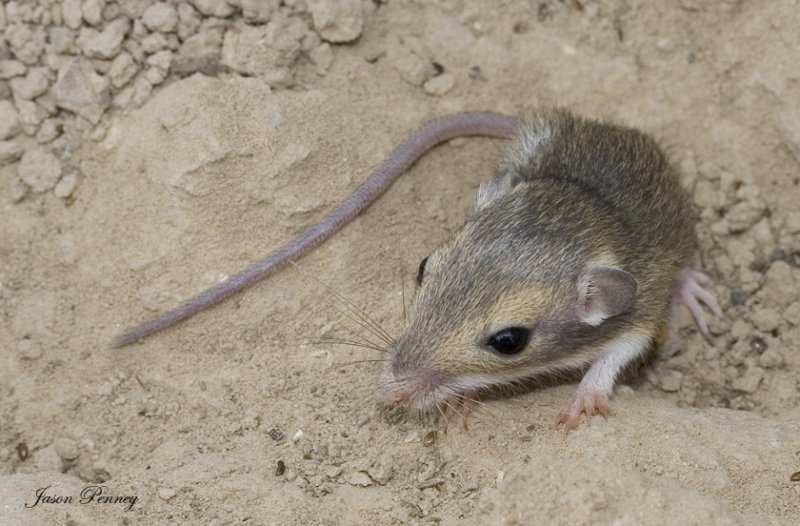
Their burrows, however, are usually excavated in silty, sandy, or gravelly soil and are used for refuges, seed storage, and neonatal care. Pocket mice can burrow into hard-crusted soils by actually physically chewing their way through the hard portions of the soil. It is aggressively solitary, with a home range of less than 1 acre.

pencillatus stephensi - eastern CaliforniaĬhaetodipus penicillatus may be active all year round in some areas, though it is inactive in the winter in southern Arizona. pencillatus pricei - southern Arizona, Sonora pencillatus angustirostris - southern California, eastern Baja California pencillatus pencillatus - south-central Arizona Six subspecies are currently recognised: These pocket mice live in soils that may be vegetated with creosote bush, palo verde, burroweed, mesquite, cholla and other cacti, and short, sparse grass, as well as in lower edges of alluvial fan with yucca, mesquite, grama, and prickly poppy. It prefers soft alluvial, sandy, or silty soils along stream bottoms, desert washes, and valleys, rather than rocky terrain. These may include desert wash, desert succulent shrub, desert scrub, and alkali desert scrub. The desert pocket mouse prefers various arid, open desert environments, usually where the vegetation is rather sparse.

penicillatus proceeds southeast into Arizona, through southern New Mexico and southwestern Texas, and into northeastern Mexico. From southern Nevada and southwestern Colorado the range of C. Eastward it stretches into the southwesternmost parts of Colorado. It extends southwest into California and the northern Baha Peninsula and northwestern Mexico. The northern limit of its range is southern Nevada. The soles of the hind feet are whitish and average hind foot length is 25 mm.Ĭhaetodipus penicillatus occurs in the southwestern United States and northern Mexico. The tail is heavily crested and is longer than the head and body, with average tail length being 109 mm. The underparts of the body and tail are whitish. This species lacks rump spines but has numerous, elongate rump hairs which are darker dorsally and lighter laterally. Coloration is grayish brown to yellowish gray and may be sprinkled with black. The total length of adults usually does not exceed 180 mm. Using the MARC mark-recapture program we calculated density and distribution across our study area.Chaetodipus penicillatus is a medium-sized pocket mouse. By analyzing 1,570 plasma samples with >60 individuals that were trapped and processed 4 or more times over the 8 month period, we were able to adequately quantify foraging strategies.

δ 15N values indicate the trophic breadth of the community while δ 13C values represent foraging preferences. Variation in isotopic space can be linked to individual variation in diet (specialist versus generalist). We used Bayesian spatial metrics to quantify isotope variation temporally across the species as measured by standard ellipse areas in δ 13C versus δ 15N bivariate space. Differences in δ 13C and δ 15N values among rodents and plant functional groups (C 3 versus C 4) were assessed using Tukey post hoc tests to adjust for multiple comparisons. We used a Bayesian mixing model to estimate the proportion of assimilated carbon that was derived from C 3 versus C 4 primary production in plasma, offset by a trophic discrimination factor. Mice were trapped monthly from March to October, 2014, pit-tagged, sexed, aged, bled, and reproductive status determined. This research (1) quantified resource use within individual PGFV as either generalists or specialists and (2) calculated the density and distribution of these mice across our study area. In a nutrient limited desert ecosystem, Perognathus flavus (PGFV) utilize a variety of foraging strategies to partition these limited resources and maximize fitness.


 0 kommentar(er)
0 kommentar(er)
